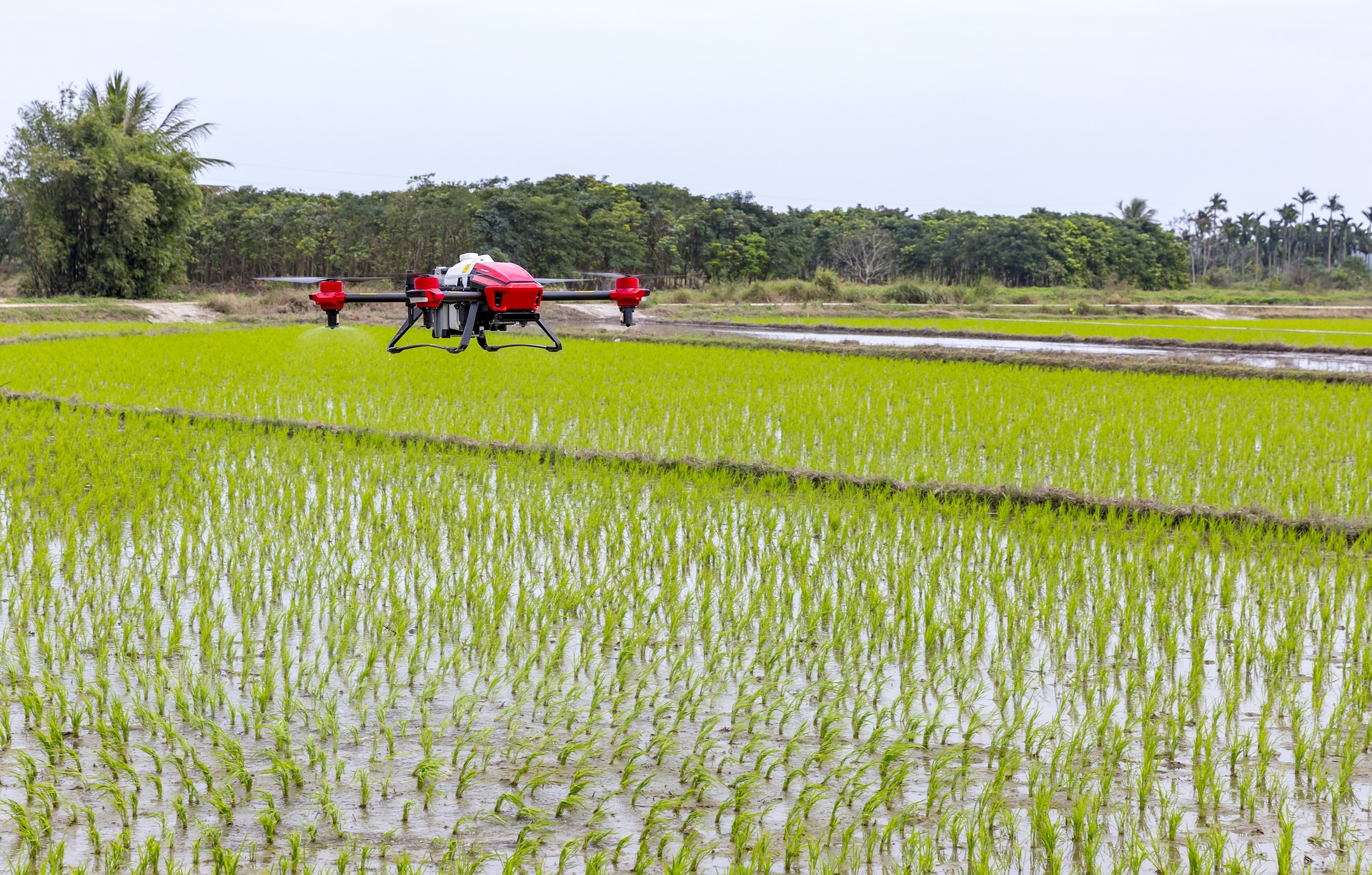Connecting the Agricultural Dots

The agricultural sector plays a crucial role in Indonesia. First, it provides a source of living for many Indonesians. The last data from the Indonesian Statistic Bureau (BPS) suggested, over 27 million households engage in this sector. Second, it contributes significantly to the Indonesian economy. Around 29% of Indonesian workers depend on agriculture, fisheries, and livestock, contributing to nearly 13% of the country’s GDP.
Nevertheless, there are important factors that should drive improvement in Indonesia’s agriculture. The World Bank (2019) reported that agriculture, among other sectors such as health and education, grew considerably slower in comparison to the mining, manufacturing, and financial sectors. This year, agriculture turns to be the slowest-growing sector, plummeting to zero growth. Climate-driven delays have caused a 10.3% decline in food crops, including rice paddy.
Labours in agriculture are yet to enjoy their greatest days. Driven by COVID-19, employment in agricultural and other traditional sectors are likely hit the hardest by the crisis. Unfortunately, agriculture is the sector that will receive the consequence of job losses in Indonesia. Until May 2020, COVID-19 had contributed 1.7 million job losses. Still, it is estimated that the number will reach 3.6 million. Many of people losing their jobs are likely to return to their hometown and work in agriculture. The HiFY survey shows that, out of 54% of people working in the service sector earlier, 46% switched to agriculture. As most of the agricultural fields are in rural areas, the job switch translates to people returning to their home villages. This may create another problem, which is spilling over the burden of COVID-19 in urban areas to rural areas.
These emerging problems depict that there are many jobs to be done in agriculture. Yet, if we take a closer look, there have been various efforts involving various stakeholders to improve this sector. From youth to big companies, farmers to business owners, local to international NGOs, various efforts have been implemented in the supply side of the sector. There are companies that produce agricultural technology, social enterprises that provide funding facilities and access to markets, network companies that provide internet networks to remote areas of Indonesia, and development organizations to build farmers’ knowledge about credit, technology, etc.
In the preparation phase, Habibi Garden has developed a technology to help farmers. The IoT sensor the company developed would be located on the farm to collect data such as soil pH, soil moisture, soil nutrients, rainfall, weather temperature, light intensity, etc. When crops are growing, farmers could monitor virtually through the technology developed by PT Mitra Sejahtera Membangun Bersama. This company created Agridrone sprayer, drone surveillance, and soil and weather sensor. During harvest, farmers could directly reach their customers through various online platforms such as SayurBox and RegoPantes.
All of the agriculture-specific technology has been supported by Indonesia’s technology companies’ commitment to broadening the Internet connection. This has been reflected in Digital 2020 report, where Indonesia ranks third in the Internet growth rankings. The country experienced a 17% growth in terms of the number of Internet users within a year. This translates to 25.3 million new Internet users only in a year.
In terms of financial support, online platforms that provide credits for farmers are numerous. Crowde, TaniFund, and iGrow among all are start-ups that aim to help farmers with their needs for financial support.
There have been many agricultural sectors that would help farmers extensively. Unfortunately, one thing that is lacking the fact that these dots are yet to be connected. If these multiple stakeholders could work collaboratively to offer an all-in package to farmers to help them modernise, the agricultural outcomes in Indonesia should be improving. Agriculture-related issues such as agricultural labours and food security can be overcome.



